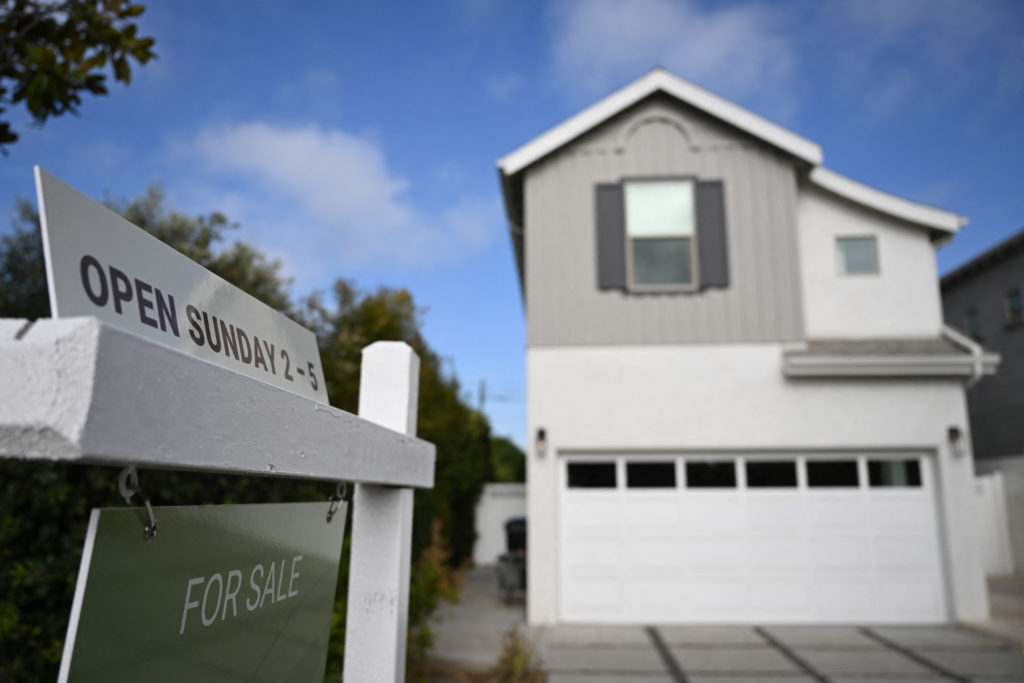Sign up for the Slatest to get the most insightful analysis, criticism, and advice out there, delivered to your inbox daily.
About 3 million Americans die every year. Compared with other rich countries, we die at an alarmingly higher rate: One-quarter of those deaths wouldn’t have occurred if America were only as deadly as its peers.
Zoom in, and things get even more concerning: Among Americans younger than 65, almost half of deaths wouldn’t happen if we had a death rate that matched our peers. Among those aged 25 to 44, a group we call “early adults,” it’s 62 percent—nearly two out of three deaths at those early ages.
We’re mortality experts, and these facts stem from an analysis we did of death rates in 22 countries from 1980 through 2023 (the last year with reliable data). When we set out to do this research, we expected to find a story about the COVID-19 pandemic. America’s pandemic experience was much worse than that of our peers, with three U.S. deaths for every two in peer countries. Nonelderly Americans in particular were hit harder than nonelderly populations in other rich countries. This disadvantage only grew as vaccinations became available but were adopted by Americans at lower rates.
But what surprised us was that, from today’s postpandemic vantage point, the American health disadvantage doesn’t look like a pandemic story at all. The U.S. mortality disadvantage has been growing at about the same rate for years, and while it spiked during COVID-19, it still continues to rise.
Here’s another way to put this: In 2023 there were about 700,000 “missing Americans”—those who died in 2023 but would be alive if they had lived somewhere else. And that 700,000 is almost exactly the number that we could’ve predicted back in 2019, based solely on prepandemic trends. COVID and relatively low vaccine adoption are a problem for Americans. But our country seems to be, at a deeper level, a deadly place to live. What’s more, all of the studies we have (with some limited exceptions, like a study specific to California) stop before Donald Trump began his second term with enormous cuts to medical and health research and, now, to Medicaid.
There is a heated—and productive—debate about exactly why the U.S. is so much worse than our peers at keeping its populace alive. One influential theory focuses on deindustrialization and the way that Americans without a college degree in particular have been left behind. Another focuses on the way that social safety nets in this country, such as for unemployment, sickness, and pensions, remain small and insufficient compared with other wealthy countries. Others point to problems in the U.S. health care system, such as uninsurance, underinsurance, and high co-payments and deductibles, and to underlying trends in chronic diseases that might be caused by nutritional policy failures. Still others highlight America’s permissive gun laws and the large amount of time we spend in our cars.
These theories, which aren’t mutually exclusive, all predate COVID-19 and offer plausible explanations for the growing U.S. mortality disadvantage.
But our research also uncovered one population for whom the pandemic does look like a longer-term turning point for the worse. And that population is a worrisome one: Americans early in their adulthood, those aged 25 to 44—that is, millennials, as well as some older members of Gen Z .
Before 2010, the estimated lifespan for American early adults increased every year. Deaths from HIV and cancer were plummeting. Homicides had fallen dramatically, and fatalities from circulatory disease, a major cause of death at every adult age, were also falling in this age group. But sometime after 2010, for almost every cause of death, this changed. Early adults proved especially susceptible to drug overdose deaths as synthetic fentanyl swept the country, but also became increasingly likely to die in car collisions and from digestive diseases and diabetes, and stopped making much progress in death rates from circulatory disease.
Just as for other adult age groups, when COVID-19 arrived in 2020 and 2021, mortality increased markedly among early adults. Alongside COVID-19 deaths were major increases in deaths from drug overdose, transportation, alcohol, homicide, circulatory disease, suicide, and other causes, as the country’s social structures and health system buckled under the stress of the pandemic.
But when older adults’ death rates plummeted after the pandemic, early adults lost only a little over half of the additional deaths that the pandemic years had brought. Before the pandemic, early adults’ mortality trends closely mirrored other adult age groups. Since COVID-19, their increased mortality is unique.
The result of all this? By 2023, American early adults’ chance of dying was 70 percent higher than it would have been had the lifesaving trends of the early 2000s continued. And this leaves them 2.6 times as likely to die as early adults in other rich countries. Amid declining economic prospects and future optimism among younger American adults, perhaps no statistic more starkly captures the disadvantage of entering adulthood in the U.S. today.
We don’t know exactly why this is happening. Some changes related to the pandemic seem relatively obvious: employment loss and insecurity that disproportionately impacted younger workers, increased alcohol consumption and drug use, and coincided with high rates of depression that continued to distinctly affect early adults following the peak pandemic. This age group experienced hardships during COVID-19 that are difficult to bounce back from.
But the fact that death rates have remained high across so many kinds of deaths, from car collisions to fatalities from circulatory diseases and diabetes, hints at more encompassing and systemic problems.
People who are 25 to 44 have experienced major turning points in this country’s history: The oldest of them were Reagan babies who launched their careers in the shadow of the Great Recession, and the youngest entered adulthood during a worldwide pandemic.
In the 2028 election, millennial and Gen Z voters will account for half of the U.S. electorate. Many of these early adults are disillusioned with a political and economic system that does not provide living wages, stable employment, housing security, or affordable health care. As social mobility in the U.S. has decreased, the prospect of homeownership and marriage has also become unattainable for many early adults, regardless of how hard they work. And now millennial and Gen Z Americans are far more likely to die than their age peers in other rich nations.
These economic and health inequities are likely to further increase with cuts to the country’s social safety net, including to programs such as Medicaid, to pay for tax cuts for high earners. Technological advancements may lead to widening income inequality if stable jobs are replaced by A.I. Investing in millennials and Gen Z should be a top policy priority. Politicians looking to win votes would do well to make it a key part of their campaigns.
The sobering fact is that Americans in early adulthood have fallen far behind their peers in other rich countries—to the point where more of them are losing their lives.


